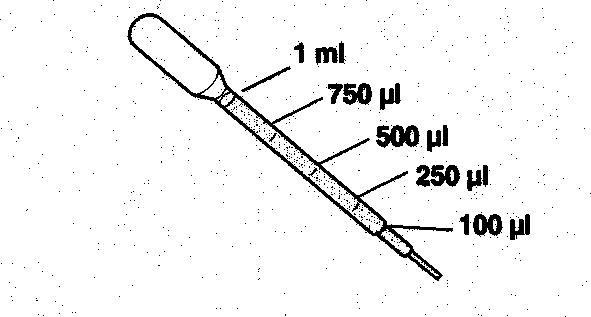Funtions
A funtion is what something depends on. For example, the circumference of a circle depens on the radius. Then we would say that the circumference is a funtion of the radius. Another way to explain is that the circumference of a circle is only known by the radius.
 The funtion for the circumference of a circle is 2πr. If we round pi to 3.14 and the radius of this circle is 7 inches, then the circumference is 43.96 (2*3.14*7).
The funtion for the circumference of a circle is 2πr. If we round pi to 3.14 and the radius of this circle is 7 inches, then the circumference is 43.96 (2*3.14*7).
In a function, there is only one possible answer. For example, 4x+7=y. If x is 5 then y is 27. It cannot be anything else.
Solve x=2y+3 if x=
1-
2-
3-
4-
5-
10-
63-
Wikipedia has a great and informitave blog if you click here!
Solving Simple Equations
"Balance is the key to solving all problems"
-James Tubbs
To find the value of a variable, there has to be balance. If not, the equation doesn't work. For example, x+4=9. It seems easy, but the trick works for harder ones too, like 98364+x-y=94056. If you take a scale and on one side you have something (x) and 4. On the other side you have 9. The way to find it is simple. Take away the 4 from the side that has x and 4. x remains. But to keep a balance, you have to take 4 from 9, too. Now that 5 balances with x, you know x=5. If the equation subtracts something from the variable, add the same (on both sides of course!). For multiplication, division and vice versa.
You try some: x-5=12, 71 x j=213, h+86=209, 140/m=28
Answers: 17, 3, 123, 5
"That skill will help you until you graduate."
-James Tubbs
For some more information, go to The Math Page
Metric Measuring
The learning target is "Measure objects using the metric system."
Length- The length of something is measured with meters (m), centimeters (cm), decimeters (dm), and millimeters (mm). There are also kilometers (km). Millimeters are one thousandth of a meter, centimeters are one hundredth of a meter, and decimeters are one tenth of a meter. Killometers are one thousand meters. Below is an example of metric length units (not to scale).
10 20 30 40 50 60 70 80 90 100
<meter>
1 2 3 4 5 6 7 8 9 10
<decimeter>
1 2
<centimeter>
1.1 1.2
<millimeter>
Capacity- The capacity of something is measured with liters (L) or milliliters (mL). A milliliter is one thousandth of a liter. Below is a picture of a liter bottle on the left and a milliliter eyedropper on the right.
Weight- The weight of something is measured with grams (g), killograms (kg), and milligrams (mg). A killogram is one thousand grams and a milligram is one thousandth of a gram. Below is a paperclip weighing one gram and a baseball bat weighing a killogram.
Click here or here for two awesome links.
The Nile River
The Nile River
The Nile River is the longest river in the world. It covers 4,132 miles in length. The Nile River is actually two rivers, the White Nile and the Blue Nile. They connect in Sudan and start their long journey to the Nile's 1,107,000 square mile basin.
The Nile River helps egypt a lot. It was irrigation water, a farming oppurtunity, fish, and papyrus grew on its banks. They could be used for writing of building. Avery year until the Aswan Dam was built, the Nile flooded into the Egyptian's farms. That made the soil very fertile and healthy, which improved Egypt's agriculture.
For more information, click here to go to a great website!
My Third Scirbe Post
Scribe Post 3
Learning target: Round fractions to the nearest half.
Lesson: To get to the nearest half with a fraction, see if the numerator is closer to half of the denominator or the whole denominater. If it is closer to the denominator, it rounds to 1. If it is closer to half the denominator, see if it is closer to half the denominator or zero. If it is closer to half the denominator, it rounds to one half. If it is closer to zero, it rounds to zero.
Example: 14/43. 14 is closer to 21.5 than 43. 14 is closer 21.5 than 0. So 14/43 is rounded to 1/2. 38/43. 38 is closer to 43 than 21.5. So 38/43 is rounded to 1.
Link: Dr. Math
Next page >>



